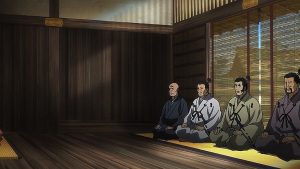 Warrior and aesthete, the eternal duality of Hyouge Mono. We see both of them very much on display here, as in the way of this series the two worlds constantly bleed over into each other. The aesthetes’ world was a battleground of its own, in a sense. These men fought with each for supremacy in the Kyoto court, a seemingly never-ending one-upmanship that usually found Sen no Rikyu on top. But the aesthetes were almost all warriors themselves, and they brought their sensibilities with them to the battlefield.
Warrior and aesthete, the eternal duality of Hyouge Mono. We see both of them very much on display here, as in the way of this series the two worlds constantly bleed over into each other. The aesthetes’ world was a battleground of its own, in a sense. These men fought with each for supremacy in the Kyoto court, a seemingly never-ending one-upmanship that usually found Sen no Rikyu on top. But the aesthetes were almost all warriors themselves, and they brought their sensibilities with them to the battlefield.
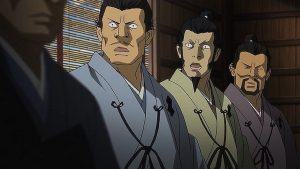 Yamanoue Souji has found a place where he feels he belongs at last among the Houjou of Odawara. He can’t entirely free himself from his Kansai disdain for the crude ways of Kanto folk, but the straightforward idealism of the Houjou appeals to him. Souji has no idea what’s descending on Odawara, and upon him. Japan’s history is a litany of civil wars and rebellions, and the wheel is turning to the Houjou – they’ve defied Hideyoshi in ways the Monkey cannot condone. He has a tremendous force at his disposal, over 200,000 men, with the ever-more powerful Tokugawa Ieyasu at the heart of it.
Yamanoue Souji has found a place where he feels he belongs at last among the Houjou of Odawara. He can’t entirely free himself from his Kansai disdain for the crude ways of Kanto folk, but the straightforward idealism of the Houjou appeals to him. Souji has no idea what’s descending on Odawara, and upon him. Japan’s history is a litany of civil wars and rebellions, and the wheel is turning to the Houjou – they’ve defied Hideyoshi in ways the Monkey cannot condone. He has a tremendous force at his disposal, over 200,000 men, with the ever-more powerful Tokugawa Ieyasu at the heart of it.
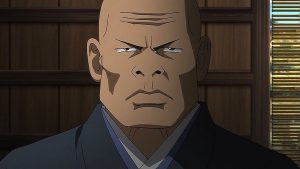 Tokugawa has sent his son, Nagamaru (age 10 but looking and sounding twice that) to the capital to marry one of Hideyoshi’s daughters. The reason is the usual one – to strengthen ties between two powerful clans – but that only scratches the surface. Tokugawa asks Sasuke and Hosokawa to teach the boy (who has taken the name Hidetada) the ways of the capital – again, we see the perceived difference in refinement between those of the ancient heart of Japan and those of the uncivilized East.
Tokugawa has sent his son, Nagamaru (age 10 but looking and sounding twice that) to the capital to marry one of Hideyoshi’s daughters. The reason is the usual one – to strengthen ties between two powerful clans – but that only scratches the surface. Tokugawa asks Sasuke and Hosokawa to teach the boy (who has taken the name Hidetada) the ways of the capital – again, we see the perceived difference in refinement between those of the ancient heart of Japan and those of the uncivilized East.
 As for Rikyu, he’s in full flower. Through his intervention Kokei has been allowed back to Kyoto, and is intent in naming a pavilion at Daitoukuji after him. Kokei has been named the abbot at the new Houkou Temple, which Hideyoshi is building with the intent of surpassing the great temples of Nara. Rikyu is integral in the design, including a rather ostentatious “house of simplicity” which shows the new whimsy that has entered his aesthetic. But trouble brews for Rikyu – Ishida is growing increasingly wary of the power Rikyu commands, and Hideyoshi takes an interest in Rikyu’s daughter, Lady Ogin (historical spoilers – in RL Ogin was in love with Takayama Ukon, Sasuke’s brother-in-law).
As for Rikyu, he’s in full flower. Through his intervention Kokei has been allowed back to Kyoto, and is intent in naming a pavilion at Daitoukuji after him. Kokei has been named the abbot at the new Houkou Temple, which Hideyoshi is building with the intent of surpassing the great temples of Nara. Rikyu is integral in the design, including a rather ostentatious “house of simplicity” which shows the new whimsy that has entered his aesthetic. But trouble brews for Rikyu – Ishida is growing increasingly wary of the power Rikyu commands, and Hideyoshi takes an interest in Rikyu’s daughter, Lady Ogin (historical spoilers – in RL Ogin was in love with Takayama Ukon, Sasuke’s brother-in-law).
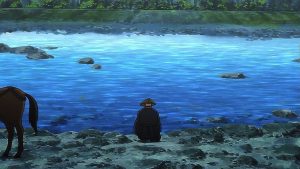 Sasuke, meanwhile, is using the time available to him before the siege of Odawara begins to try and establish the reputation (and profitability) of Mino pottery. His great innovation – designs on the tea bowls, drawn by Touhaku based on Sasuke’s own scribbles – seems very much in conflict with the wabi-sabi. But I think it’s clear that the aesthetic of the Kyoto elite was already evolving past simplicity, lead by Rikyu himself. For Sasuke there is much at stake here – not just his reputation as an aesthete, but his financial viability. But there’s still that war to fight – and soon enough, as was the way of the time, everything else is set aside as the march of death begins anew.
Sasuke, meanwhile, is using the time available to him before the siege of Odawara begins to try and establish the reputation (and profitability) of Mino pottery. His great innovation – designs on the tea bowls, drawn by Touhaku based on Sasuke’s own scribbles – seems very much in conflict with the wabi-sabi. But I think it’s clear that the aesthetic of the Kyoto elite was already evolving past simplicity, lead by Rikyu himself. For Sasuke there is much at stake here – not just his reputation as an aesthete, but his financial viability. But there’s still that war to fight – and soon enough, as was the way of the time, everything else is set aside as the march of death begins anew.


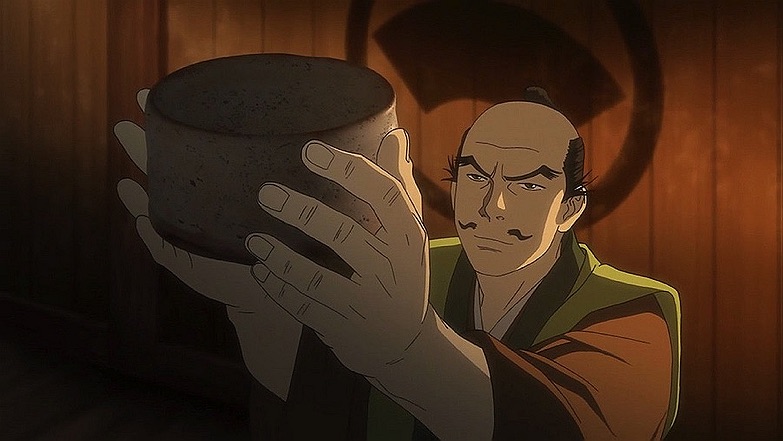
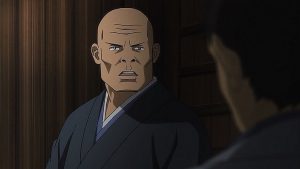
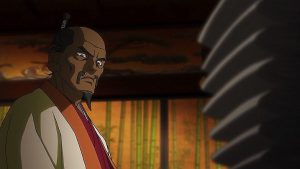
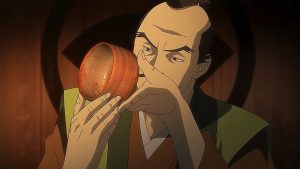
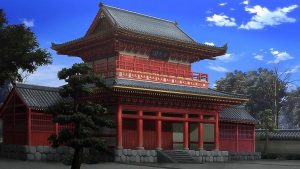
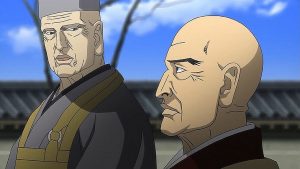

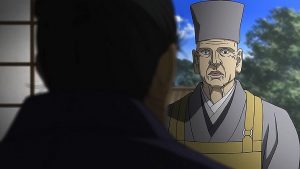
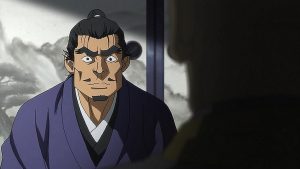
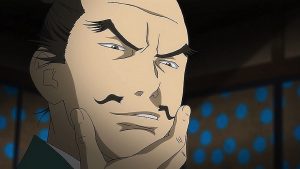
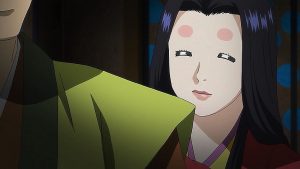
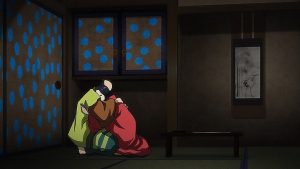
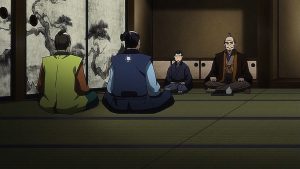
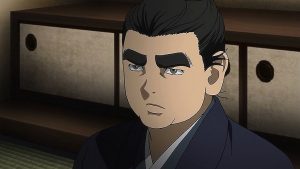

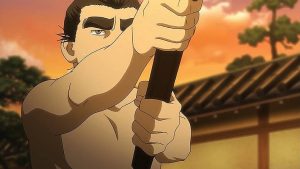

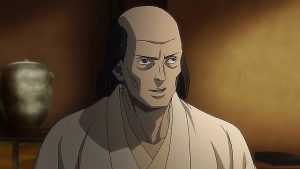
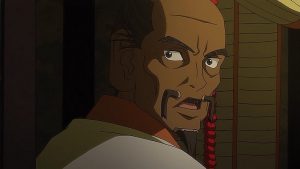
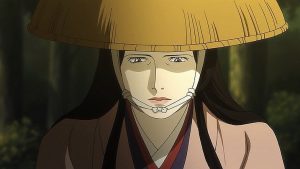
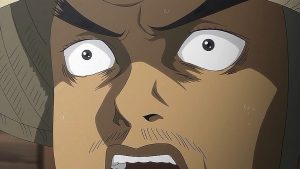
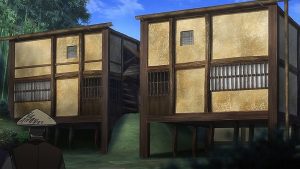
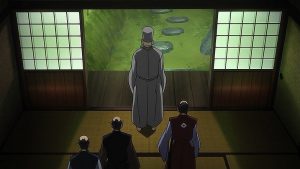

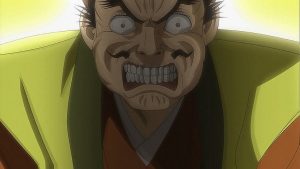
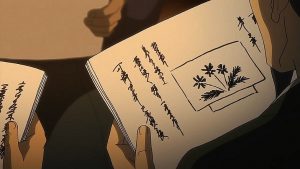
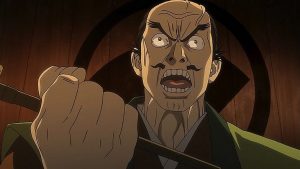
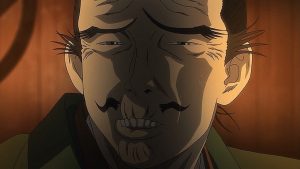
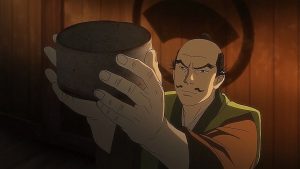
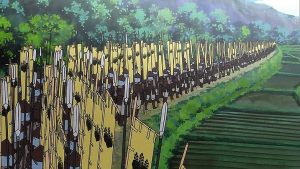
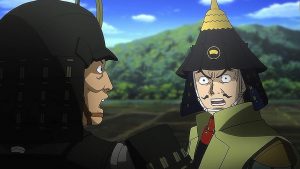
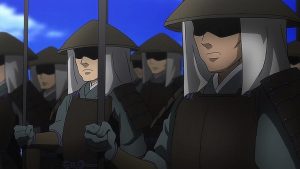
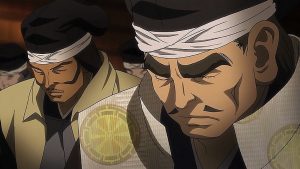
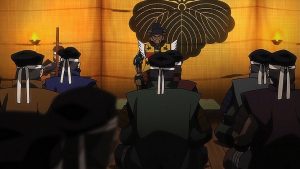
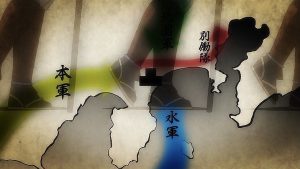
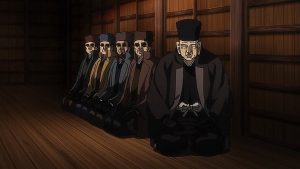
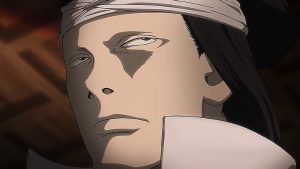
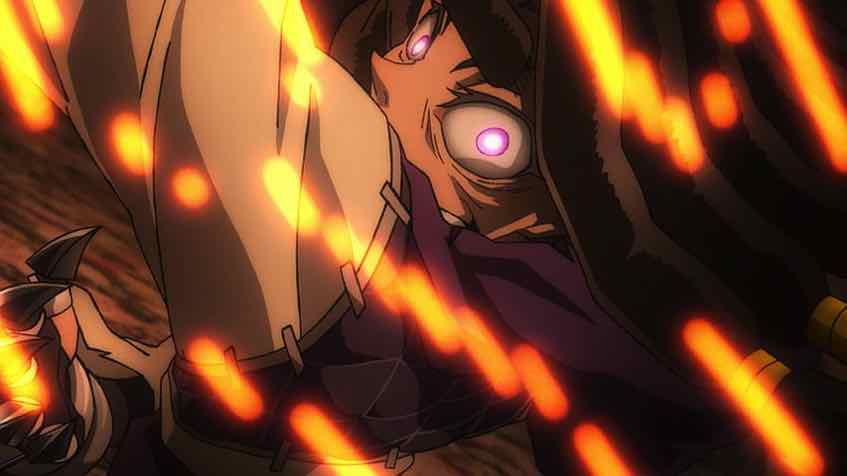
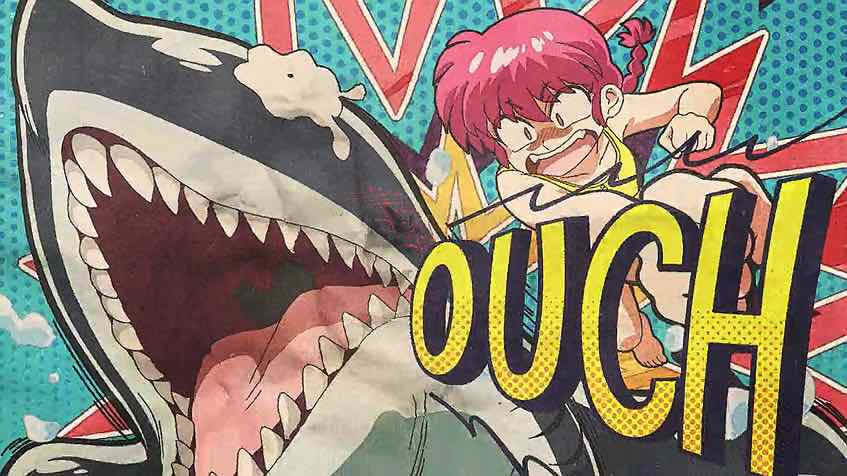
Derrick
November 15, 2020 at 10:23 pmInteresting that these people are killing each other just so their families can have rice and earthenware in their dwellings .
In the end it’s about that life.